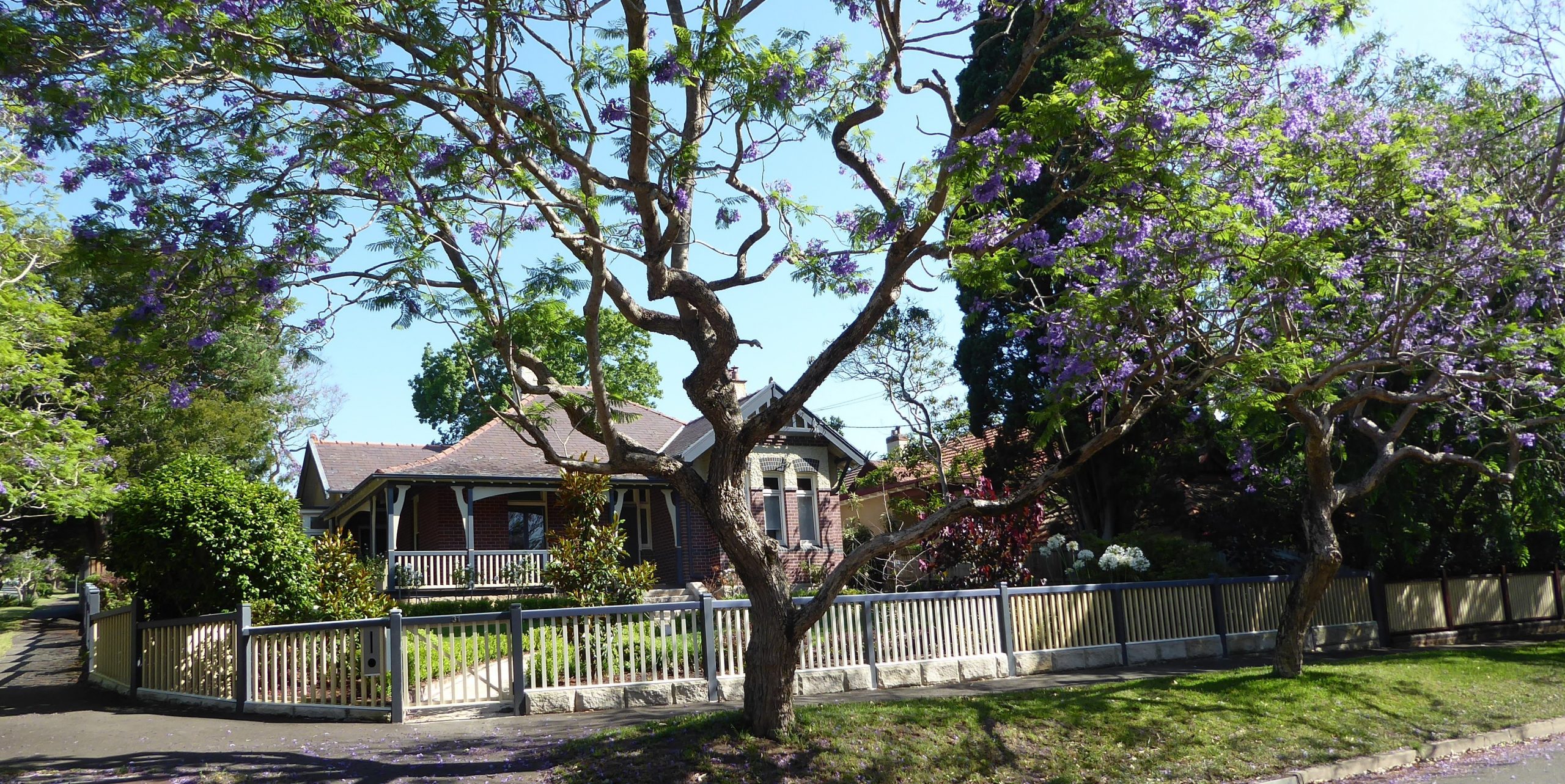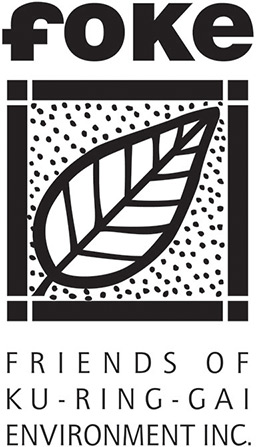
Following on from December’s article on Ku-ring-gai’s Local Character Study, we now have the next iteration of these Broad Local Character statements for review as a result of comments received from residents.
In January, FOKE also made a submission to NSW Planning regarding its Local Character Overlay policy. This has provided us with further clarification of this policy approach.
Although FOKE welcomes any planning initiative to protect Ku-ring-gai’s Local Character, FOKE remains concerned that the Local Character Statements and Local Character Overlays obscure contrary objectives of increasing medium density development via the new ‘Low Rise Housing Diversity Code’ (LRHDC). This would continue to decimate Ku-ring-gai’s character, heritage and environment, if allowed.
It is apparent that the underlying objective is not preserving local character, but increases in population density. This is assumed as the starting point and cornerstone of this Local Character approach to planning, rather than adopting a more balanced and respectful approach.
The approach for these Broad Local Character Areas (BLCA) is to firstly define Ku-ring-gai’s physical characteristics. This first stage will not examine the social and cultural characteristics of our areas, which include many of the key elements of Ku-ring-gai’s core character, our cultural heritage and development.
Whilst we agree the need for Local Character Statements and Local Character Overlays in protecting areas of special Local Character, however, there are a number of red flags which arise from examining the public exhibition documents.
In drilling down on the objectives of this planning direction, there is regular reference to promoting more medium density development via the ‘Low Rise Housing Diversity Code’ (LRHDC). This code has been roundly criticised by councils as being able to potentially destroy vast areas of established Local Character.
These documents clearly state that with respect to seeking exemptions from the LRHDC in a Local Character Area, a Council would “need to demonstrate that without complying development, the housing needs can still be effectively met.”
And this is at a time when we are seeing a massive drop in population growth in Sydney that will impact housing requirements for years to come.
As the Ku-ring-gai Housing Strategy approved by Council in 2020 has not yet been approved by NSW Planning, areas for ‘change’ or ‘desired future character’, essentially meaning rezoning, are not being actively sought in this process. However, the Housing Strategy is defined for a period to 2036 and thereafter additional housing will again be on the agenda.
So what to do:
Participate in the Ku-ring-gai Local Character Study which is now on public exhibition until Monday 26th April. The link to all the information is – Ku-ring-gai-Local-Character-Background-Study
The video clearly outlines the detail of the approach and then you will be able to respond via the online survey or make a detailed submission. You will note the updated character statements focus on the physical characteristics of the areas.
FOKE’s view is that by segmenting the approach to these statements into physical character first, and then later the social and cultural character, will undermine the value of our heritage conservation areas (HCAs) and heritage values across our suburbs.
An essential feature of HCAs and character areas is their relationship with historic subdivision patterns and history. Severing that relationship diminishes and degrades the significance of Ku-ring-gai’s history and heritage, and so endangers the protection of its built and natural environment, and essentially degrades the local character.
